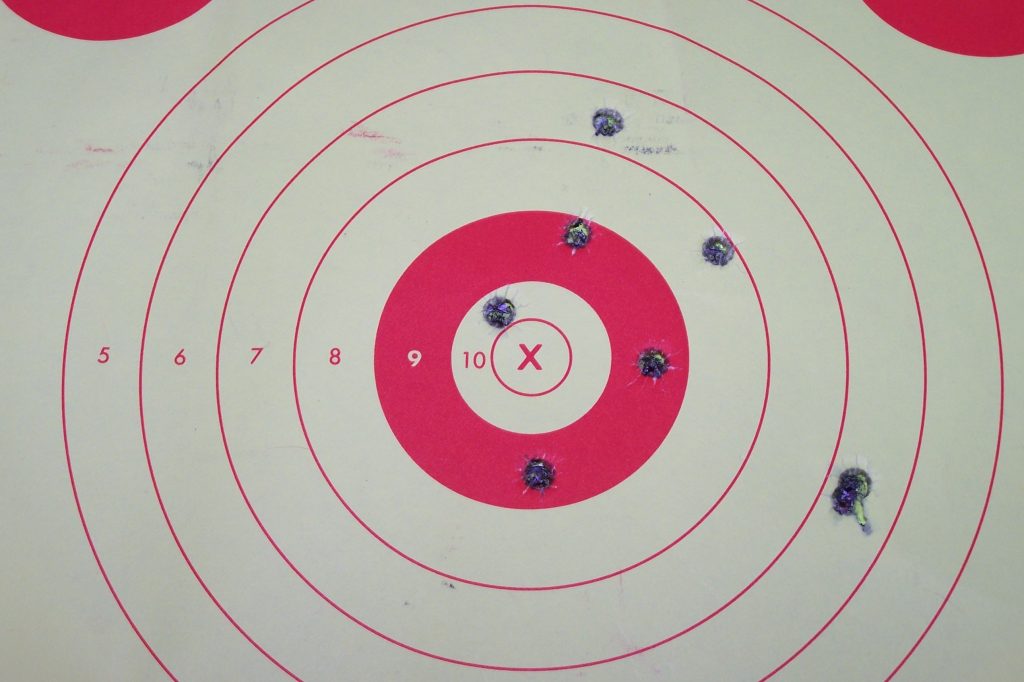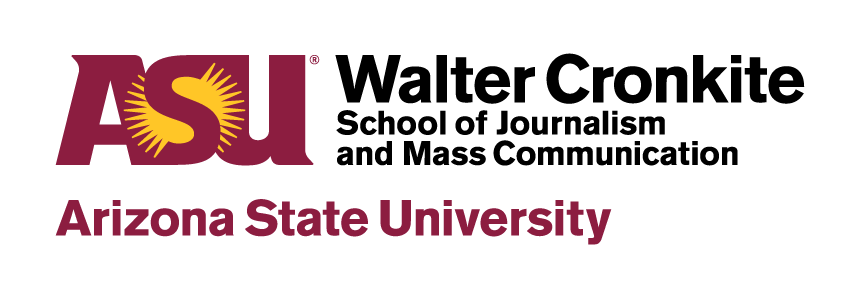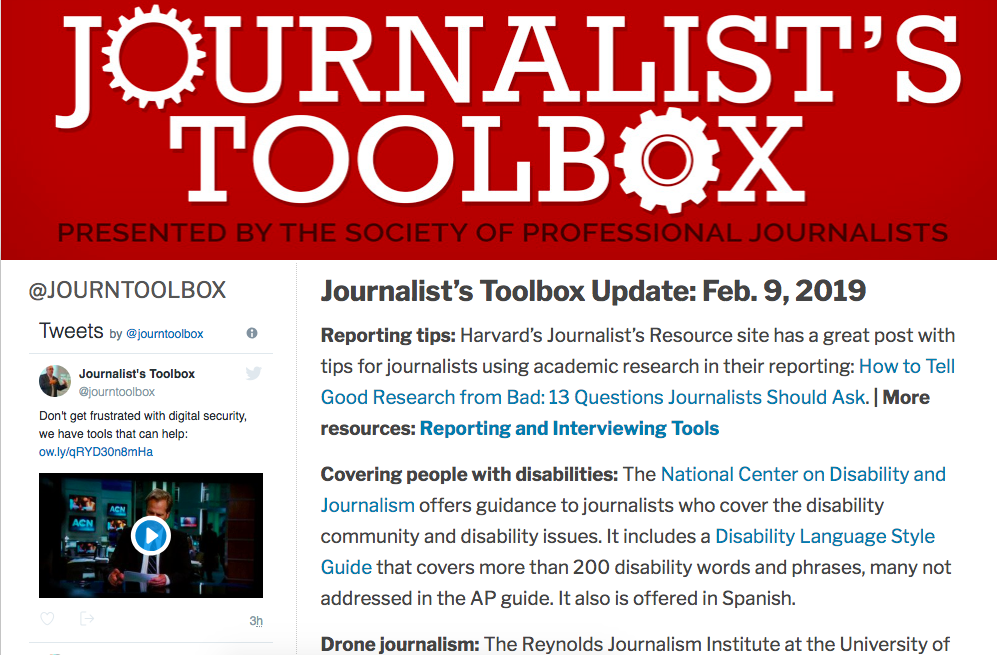
In response to the recent mass shooting in El Paso, Texas, the National Association of Hispanic Journalists (NAHJ) has released a guide to help journalists “accurately and inclusively cover mass shootings.”
A full section of the NAHJ guide is dedicated to helping journalists cover gun violence without stigmatizing mental illness, or implying that a shooter’s mental illness caused or contributed to the violence. Among other recommendations, the NAHJ guide tells journalists that it is “inexcusable to mention the mental health issues the alleged killer might have been dealing with in an attempt to dismantle the reasoning behind this crime against humanity.” Additionally, the guide acknowledges that traumatic stories like the shooting in El Paso can be painful to cover and reminds reporters that it is always okay to reach out for help.
Click here to access How to Accurately and Inclusively Cover Mass Shootings on the NAHJ website.



